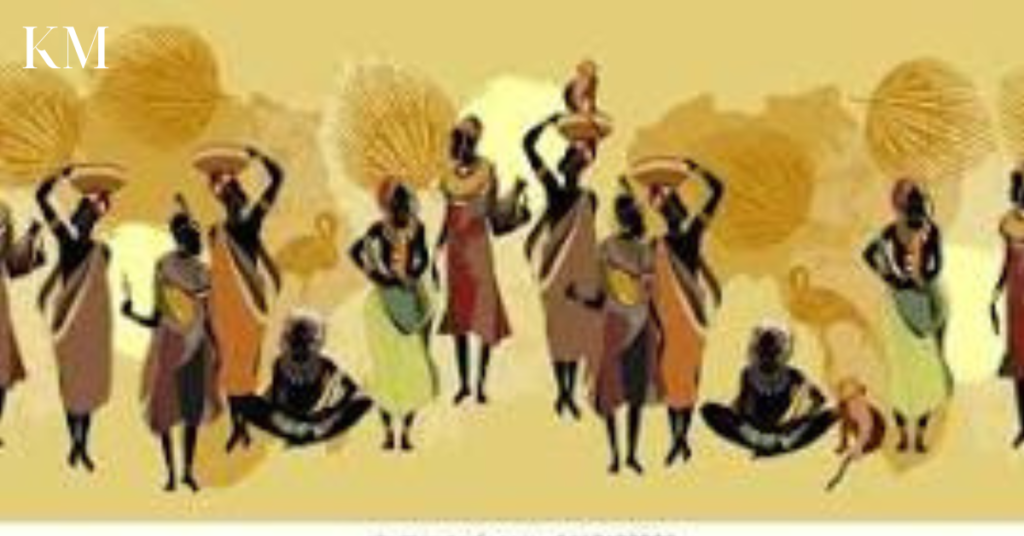
For decades, Black women’s depiction in media has been scrutinized and debated, as it frequently reflects society attitudes, prejudices, and power relations. Historically, Black women have been ignored and stereotyped in the media, depicted via narrow and frequently unfavorable perspectives. However, in recent years, there have been attempts to challenge and diversify these images.
Stereotypes:
Stereotypes are oversimplified views or preconceptions about a certain group of people, frequently based on generalized qualities applied to the entire group. Stereotypes have a tremendous impact on how Black women are portrayed and viewed in media. These stereotypes include the “Mammy,” which portrays Black women as nurturing but submissive caretakers; the “Jezebel,” which portrays them as hypersexualized and promiscuous; the “Angry Black Woman,” which portrays them as aggressive and confrontational; and the “Strong Black Woman,” which can ignore their vulnerability and need for support.
According to Harvard Business Review:
The U.S. Bureau of Labor Statistics says Black women make up nearly 7% of the workforce, and still, they are severely underrepresented in leadership positions, especially among CEOs of Fortune 500 companies. Ursula Burns, the former CEO of Xerox, became the first Black woman CEO of a Fortune 500 in 2009. As of 2021, Walgreens CEO Rosalind Brewer and TIAA’s chief executive officer Thasunda Brown Duckett are the only two Black women who currently hold that position. Overall, the U.S. Department of Labor reports that in 2020, Black women’s unemployment rate was 10.9%, compared to 7.6% for white women.
Furthermore, caricatures like the “Welfare Queen” propagate detrimental beliefs about Black women’s dependency and sloth. These stereotypes not only misrepresent Black women’s different experiences, but they also lead to discrimination, bigotry, and injustice throughout society. It is critical to confront and deconstruct stereotypes in media representation in order to create more accurate and respectful portrayals of Black women and battle systemic racism and sexism.
Underrepresentation:
Underrepresentation is the insufficient presence or portrayal of a specific group in various contexts, such as media, politics, or other societal sectors, in comparison to their actual demographic representation. Black women experience substantial underrepresentation in the media. Despite being a significant segment of the population, Black women are usually ignored and underrepresented in various types of media.
This inequality manifests itself in a variety of ways, including poor visibility in starring parts, limited access to chances both in front of and behind the camera, and the continuation of clichéd narratives that fail to portray the breadth of Black women’s lives.
Furthermore, Black women’s underrepresentation in the media not only reduces their visibility, but also reinforces social biases and stereotypes, affecting perceptions and contributing to their marginalization. Addressing underrepresentation entails lobbying for increased diversity and inclusion in the media industry, encouraging fair representation, and overcoming institutional barriers that prevent accurate and authentic portrayal of Black women’s voices and stories.
Limited Roles:
Limited roles allude to Black women’s constrained and often stereotypical representations in media, where they are typically reduced to specific character archetypes or narrative clichés that fail to capture the complexities of their experiences. This limitation in roles adds to Black women’s underrepresentation and misrepresentation in the media.
Black women are frequently limited to secondary or supporting parts, rather than being portrayed as prominent characters with agency and depth. They may act as sidekicks, humorous relief, or token characters whose primary job is to aid in the development of white or male heroes, rather than having their own storylines and narratives.
According to Bookings:
It is important to note that these issues are not limited to Black women. In a recent study, sociologist Margaret Chin finds that Asian American women experience racialized and gendered forms of sexual harassment that leads to isolation and results in exclusion from leadership opportunities. Latinas, too, find that coworkers may interact with them based on stereotypes that they are unintelligent or illegally in the country, depictions that then require extra work to disprove.
Colorism:

Image Source: Harvard Business Review
Lighter-skinned Black women have historically received more media attention than darker-skinned Black women, fostering colorism within Black communities and supporting Eurocentric beauty standards.
According to Harvard Business Review:
Colorism, or skin tone bias, is an insidious form of bias that impacts women with darker skin tones across ethnicities and races — and it’s an issue that isn’t on many leaders’ radars. An inclusive leader managing a diverse team must become aware of how colorism manifests not only among employees of different identities, but even among people from the same community who have different skin tones. Disrupting these biases in action could boost inclusion profoundly.


